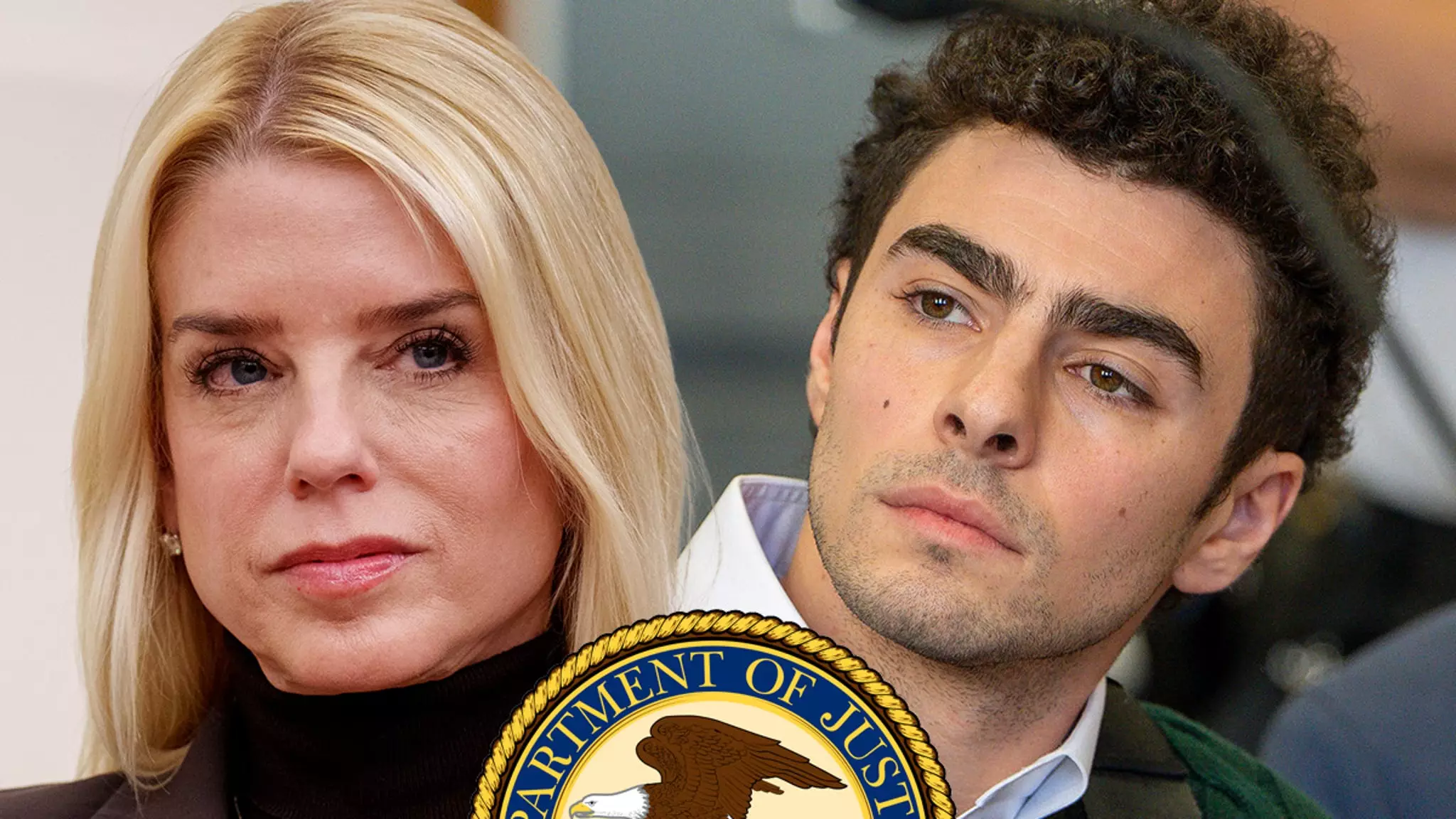In an era where justice often masquerades as formality, the case of Luigi Mangione raises disturbing questions about the ethical dimensions of capital punishment. The vocal stance taken by Florida’s Attorney General Pam Bondi, advocating for Mangione’s execution, forces society to confront the morally questionable nature of the death penalty. As the nation grapples with a precarious balance between justice and human rights, one must wonder if executing individuals, regardless of the crime, indeed serves the higher purpose of societal safety and moral integrity.
The push for the death penalty often emerges from a visceral reaction to heinous acts; however, it is essential to step back and evaluate the implications of such a directive. Is society morally superior when it chooses to condemn a life to death, even in the face of grievous crimes? The death penalty may serve as an arena for political gain, and Bondi’s relentless pursuit of Mangione could be construed as a demonstration of power rather than a pursuit of true justice.
A Breakdown of the Lethal Injection Process
Analyzing the logistics of lethal injection reveals a grim picture of what it means to administer capital punishment. Legal experts like Professor Corinna Lain detail an execution process that is anything but peaceful. The transition from life to death is mechanical and chilling. strapping an individual like Mangione onto a gurney and inserting catheters into their veins comprises a stark contrast to the finality that death implies. The process, often romanticized in media portrayals, is, in reality, fraught with complications that reveal the dark underbelly of this governmental procedure.
The use of Pentobarbital—a drug intended for euthanasia—shows an alarming disconnect between intention and functionality. It beckons the question: Is this method truly humane? Many inmates have experienced not just a cessation of life but an agonizing passage into oblivion that might be underestimated by those legislating their fates. Witnesses report instances of acute pulmonary edema and excruciating chemical burns, conditions that highlight the eerie reality of executing someone using a non-medical team. This raises concerns about the qualifications of individuals entrusted with such a profound responsibility. It underscores how the system may inflict pain and suffering upon those it condemns, rendering the notion of a ‘humane execution’ utterly contradictory.
Legal and Ethical Quandaries
While legal frameworks dictate procedures for imposing the death penalty, they fail to adequately address the broader ethical implications involved in these processes. Is the anguish inflicted on the condemned any less significant than the crime itself? The legal system, by empowering non-medical personnel to carry out executions, creates a paradox where the act of ending a life becomes routine rather than a grave act of serious consideration. Professor Lain’s insights argue that the very mechanism intended to facilitate a ‘graceful exit’ often devolves into barbarity, trivializing the humanity of the individual on the lethal side of state power.
In the case of Mangione, charged with the murder of UnitedHealthcare CEO Brian Thompson, the narrative surrounding justice complicates. While the voice for vengeance grows louder in public discourse, it also overlooks the collateral damage imposed upon society’s moral fabric. Political figures, driven by public sentiment, may parade around the notion of justice, yet they seamlessly sidestep the painful reality of life terminating methods which haunt all involved.
A Reflection on Public Sentiment
Furthermore, the overarching public support for the death penalty in America often roots itself in emotional responses rather than grounded ethical consideration. The spectacle surrounding trials that spark mass outrage can skew our perceptions of right and wrong, allowing emotionally charged decisions to compromise rational deliberation. The execution of individuals like Mangione might be lauded as justice served, yet it simultaneously reveals an unsettling truth about the values we cherish.
Consequently, the ramifications extend beyond the death row inmate; society must reconcile the morality of its choices. Do we lead with empathy, prioritizing rehabilitation, or do we allow our basest instincts for revenge to dictate principles? The looming presence of lethal injection is not merely a procedural issue but a reflection of societal values. The question that remains is whether irreversible actions motivated by vengeance will yield a safer and more just society or simply perpetuate cycles of pain and death.

Leave a Reply